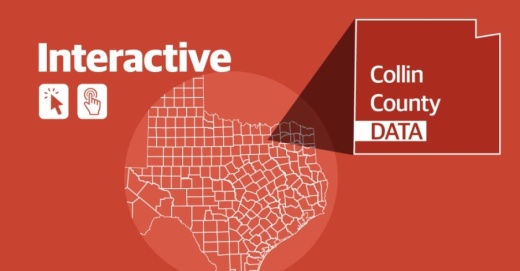The city of McKinney briefly paused its daily reports Aug. 21 following Collin County's shift to reporting only raw data from the state.
The county has since decided to share some data at the city level again and is working with the state to resolve issues of "confidence" with the accuracy of its reporting, according to an Aug. 24 post by Collin County Judge Chris Hill.
A group of dedicated investigators launched by the Texas Department of State Health Services began working through the backlog of Collin County's COVID-19 active cases Aug. 25, according to Hill.
Updated city-level reports from the county show 58 new cases in McKinney from Aug. 21-26, bringing the total number of active cases to 716.
There have been 1,737 confirmed total cases of COVID-19 and 986 cases recovered, for a 56.7% recovery rate. There have been 35 total deaths in McKinney related to COVID-19, for a rate of 2%.
Data shows the 20-29 age group in McKinney has had the highest number of total COVID-19 cases, but that age group is closely followed by those ages 40-49 and ages 30-39, respectively. In addition, the data shows 378 new COVID-29 cases in Collin County from Aug. 21-27. With 10,156 recovered cases and 108 people with COVID-19 dead, the total number of active cases in the county is 308. In total, there have been 10,785 confirmed cases in Collin County.
Among the key indicators being watched by experts is the number of hospitalizations. Collin County reported 101 COVID-19 patients hospitalized as of Aug. 27. That number has generally decreased since the beginning of the month.
Statewide, the number of patients who have tested positive with COVID-19 and are currently hospitalized is 4,806 as of Aug. 26. That compares with 5,935 patients who were hospitalized and had COVID-19 a week ago.
Experts are watching the state’s positivity rate, which hit a record high in Texas on Aug. 11 with a rate of 24.5% but has since declined to 13.47% as of Aug. 25. The rate is averaged over the previous seven days and calculates the ratio of positive new cases compared with the number of tests. Gov. Greg Abbott has previously said that a rate of 10% or more is cause for concern. Here is a look at the rate since early April.





